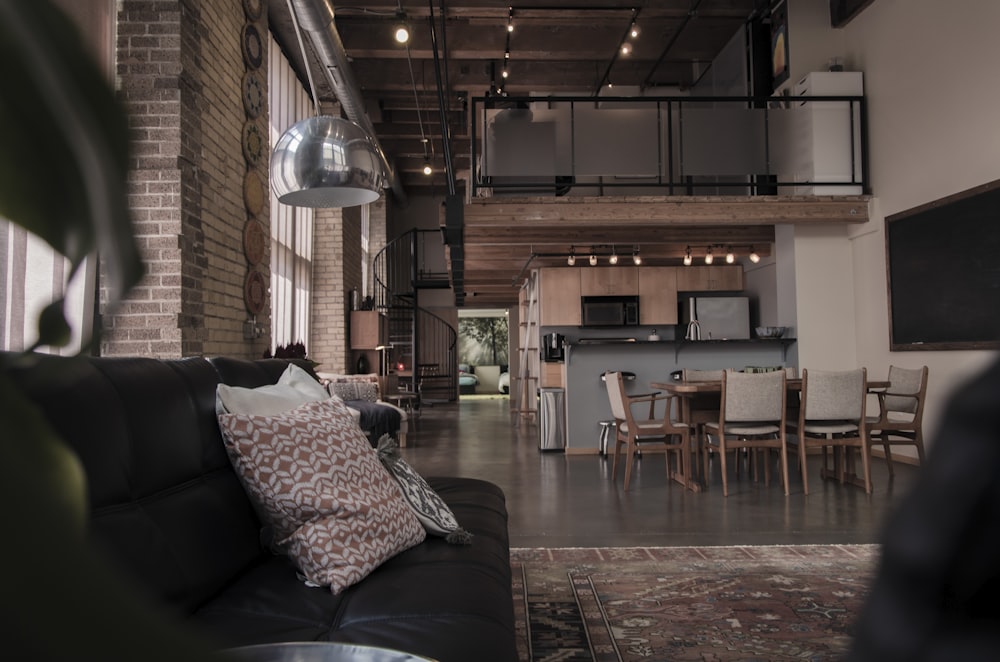The Importance of Home Air Sealing
Understanding Home Air Sealing
Home air sealing might not be the most glamorous aspect of homeownership, but its significance cannot be overstated. Essentially, it involves sealing up any gaps, cracks, or leaks in your home’s structure to prevent air from leaking in or out. This seemingly simple task plays a crucial role in maintaining indoor comfort, improving energy efficiency, and even enhancing indoor air quality.
Energy Efficiency: The Key Driver
One of the primary reasons why home air sealing is gaining traction is its direct impact on energy efficiency. When your home is properly sealed, it becomes more airtight, reducing the amount of conditioned air that escapes and the outdoor air that infiltrates. As a result, your heating and cooling systems don’t have to work as hard to maintain comfortable temperatures, leading to significant energy savings over time.
Enhancing Indoor Comfort
Beyond just saving energy, proper home air sealing contributes to enhanced indoor comfort throughout the year. By sealing up drafts and leaks, you can eliminate cold spots in the winter and prevent hot, humid air from infiltrating during the summer. This means you can enjoy a more consistent and comfortable indoor environment regardless of the weather outside, creating a cozy sanctuary for you and your family.
Improved Indoor Air Quality
In addition to temperature control, home air sealing also plays a crucial role in maintaining good indoor air quality. Gaps and leaks in your home’s structure can allow pollutants, allergens, and other contaminants to enter from the outside or from unconditioned areas such as attics or crawl spaces. By sealing these entry points, you can reduce the infiltration of outdoor pollutants and improve overall air quality for a healthier living environment.
Preventing Moisture Issues
Another often overlooked benefit of home air sealing is its ability to prevent moisture issues within your home. Air leaks can allow humid outdoor air to enter your home, leading to condensation on interior surfaces and potential mold growth. By sealing up these leaks, you can mitigate moisture problems, safeguarding your home’s structural integrity and protecting your family’s health.
Cost-Effective Solution
While some homeowners might be hesitant to invest in home air sealing due to upfront costs, it’s essential to recognize the long-term financial benefits. The energy savings achieved through improved efficiency can lead to significant reductions in utility bills over time, ultimately offsetting the initial investment. Additionally, many utility companies offer rebates or incentives for energy-saving home upgrades, further enhancing the cost-effectiveness of air sealing projects.
DIY vs. Professional Air Sealing
When it comes to home air sealing, there are options for both DIY enthusiasts and those who prefer to leave it to the professionals. Simple tasks like caulking windows and weatherstripping doors can often be tackled by homeowners with basic skills and tools. However, for more extensive sealing projects or homes with complex issues, hiring a professional contractor experienced in air sealing techniques may be the best approach to ensure thorough and effective results.
Getting Started with Home Air Sealing
Ready to improve your home’s energy efficiency, comfort, and indoor air quality through air sealing? Begin by conducting a thorough assessment of your home to identify areas of air leakage, including around windows and doors, along baseboards, and in attics and crawl spaces. Then, prioritize sealing these areas using appropriate materials such as caulk, weatherstripping, or expanding foam insulation. By taking proactive steps to seal up your home, you can enjoy a more comfortable, efficient, and healthier living environment for years to come. Read more about home air sealing

